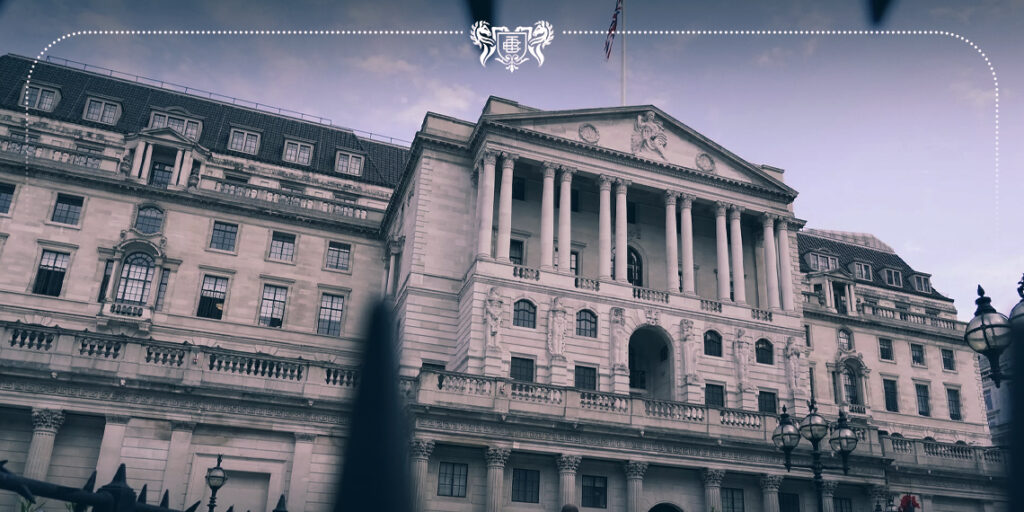A significant portion of Britain’s official “shopping basket” has entered deflation, potentially paving the way for the Bank of England (BoE) to reduce interest rates.
According to Bloomberg’s analysis of nearly 220 goods and services comprising the Consumer Prices Index (CPI), the share of items priced lower than a year ago is the highest since early 2021, before global disruptions like the COVID-19 pandemic and Russia’s invasion of Ukraine drove up prices.
Consumers are seeing relief as the costs of everyday items such as cheese, crisps, irons, and garden furniture have fallen.
This trend has helped bring inflation down from its peak of over 11% in late 2022 to just under the BoE’s 2% target, strengthening the case for another interest rate cut during this week’s meeting.
However, most of the deflation – 67 out of 71 items – was observed in the goods sector, where inflationary shocks are now easing.
The services sector, driven by rising labour costs, continues to see price increases, contributing to the BoE’s cautious approach to cutting borrowing costs this year.
The upcoming BoE meeting may proceed carefully, especially following Chancellor Rachel Reeves’ budget announcement, which outlined significant fiscal stimulus measures. Such policies could fuel inflation, leading policymakers to weigh their approach.
The broader cooling of inflation pressures provides encouraging news for Prime Minister Keir Starmer’s new Labour administration.
Sanjay Raja, chief UK economist at Deutsche Bank, highlighted this shift: “Price momentum is slowing both meaningfully and broadly.
Companies are less inclined to raise prices across the CPI basket, which should lead to more stable inflation.” Raja forecasts a gradual reduction in bank rates if these trends persist.
BoE rate-setters, including Catherine Mann and Megan Greene, are examining the extent of goods deflation needed to balance high services inflation.
Greene remarked last month that traditionally, core goods growth at 1% combined with 3% growth in services would average to 2%, suggesting that if core goods growth remains lower, services growth could still be compatible with the inflation target.
The BoE last lowered the bank rate by 0.25 points to 5% in August and refrained from any changes in September. While a rate cut is anticipated at the 7 November meeting, there is uncertainty among traders about subsequent cuts in December.
Governor Andrew Bailey has hinted at a more assertive policy stance, but the fiscal expansion under Labour’s first budget could complicate plans by boosting inflation.
Tomasz Wieladek, chief European economist at T. Rowe Price, noted that inflation is showing “much more breadth” in its slowdown but warned that this may be short-lived due to the influence of plummeting energy prices.
“When energy prices fall sharply, competitive markets typically pass those savings onto consumers, resulting in stable prices. However, this effect is temporary,” he explained. “Inflation will likely remain subdued in the coming months, but future trends are uncertain.”
In August, the BoE had forecast a slight inflation rebound by the end of the year as the drop in energy prices from last year fades from the annual comparison, revealing more persistent domestic price pressures.
Despite this, both headline and services inflation have recently been weaker than expected.
With CPI growth falling to 1.7% in September, below the projected 2.1%, the BoE may revise its outlook this week, though economists attribute part of the decline to volatile items such as airfares.


